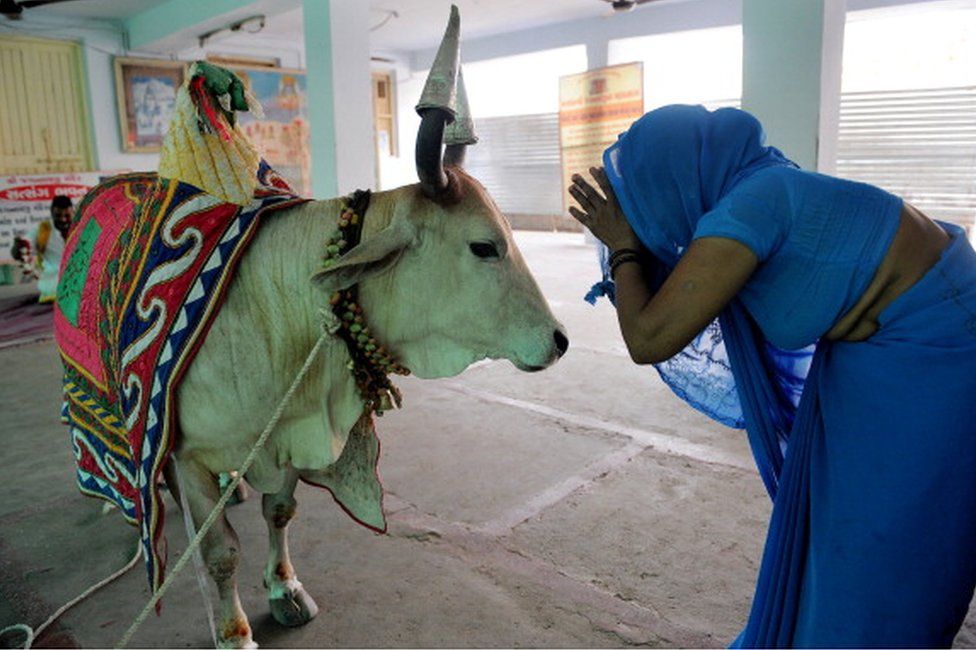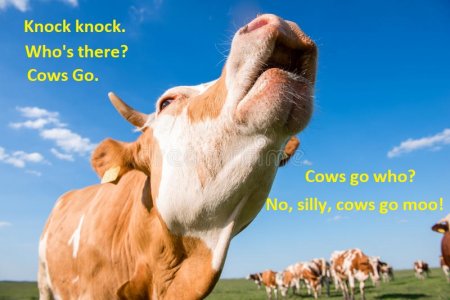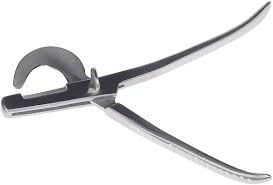I was reminded of a new cow story. I hope that I didn't already tell this one in another thread. This is going to be a very long story, so I hope it keeps you interested enough not to bore you. If you have been raised on a farm, I am sure it will sound all too familiar.
Man, it's been so long now since those days back on the farm that I have forgotten so much of everything. I did tell you that the owner bought the farm next to his so then we had two farms with I forget how many thousands of acres and how many cattle we had. There were two herds of cattle; one beef herd and one dairy herd. I worked mainly with the dairy heard, mostly because they were the more gentle. My first job after I arrived at the farm was to clean the milking parlors, which milking began at 5 a.m. We had all automatic milking machines. After milking was over, they would open the doors and the cows would usually wander out to the pasture on their own. We kept the heifers separate from the cows.
The one spring, we had 7 cows give birth all within a 2-week period. We went crazy trying to keep up with all there is to do with newly born calves and the Mommies tending to them. The cows that had just given birth were treated better (meaning different) than the other cows. They were kept in cleaner stalls and we would clean those stalls maybe 2-3 times a day. The newly born calf may only stay with Mom for maybe 2- 3 days. We also washed the new mommy's teats maybe once or twice daily so that the calves do not suckle on a dirty teat. The new Mommy's first milk is called "colostrum." It contains the antibodies the new calf needs to ward off any diseases or infections. It's most important that the new calves drink this colostrum. This is where the cows placenta is different from the human placenta. The human placenta gives the baby its antibodies. The calf gets its antibodies from Mom's first milk after birth.
After the cow has allowed the new calf to suckle for 2-3 days, we remove the calves and put them in their own area. Some farmers remove the calf right after birth. It depends on how the farmer manages his herd. This is done for the safety of the calf. Moms don't care where they step and have been known to step on their calf and break a calf's leg. After the calf has been removed, they are hand fed with huge bottles for maybe 2-4 weeks and then we start to wean them off of milk by introducing them to grass in the pasture, along with hay. We put them in their own pasture and allow them to eat grass and also feed on milk. After roughly 4 weeks, most calves are ready and are OK to just eat grass, hay and start to eat some grain, mostly corn. By 6 weeks or no longer than 8 weeks, the new calves are strictly on grass and grain, maybe even silage.
I told this story to my wife and she asked, doesn't the cow miss her calf. The short answer is that a few do. A few may even cry for their calf, but after a day or two, they give up and go back to their herd mentality or as we call it "their happy place." Cows want to be with their own kind, other cows.
When my wife asked me that question, it brought another story to mind. We knew this one Guernsey cow was ready to deliver, so we took her out of the herd and put her in the birthing stall. Cows in the birthing stall have it made. They even get music played to them. The boss of us hands, Randy, told me that cows like music.. It keeps them calm, quiet and relaxed before giving birth. So they get to listen to Mozart. We had 4 beautiful 100% full bred Guernsey cows and the one was going to give birth. The owner has a friend with a Guernsey bull who breeds the females. (If you have never had Guernsey milk, you are missing out on a sweet treat.)
After she gave birth, she would not get up for the calf to suckle, so we went into emergency mode by hand-milking the cow, which isn't easy. The Vet was on his way, but in the meantime, time was of the essence, so I got a bucket and started hand-milking. Once I had the first quart, we poured it into a bottle and started feeding the calf. That was colostrum and needed for the calf's health. By the time the calf had finished drinking the milk, the Vet showed up. She gave our cow what looked like a quart or more of Calcium. That took quite awhile to get it into the cow through an IV of sorts and 15 minutes after the cow finished taking the Calcium, she stood up and all was fine. She licked her calf, even though by that time we had hand-dried it and cleaned up the calf. It was good to see her lick her calf. It meant that she accepted it and would be taking care of it.
The End!










